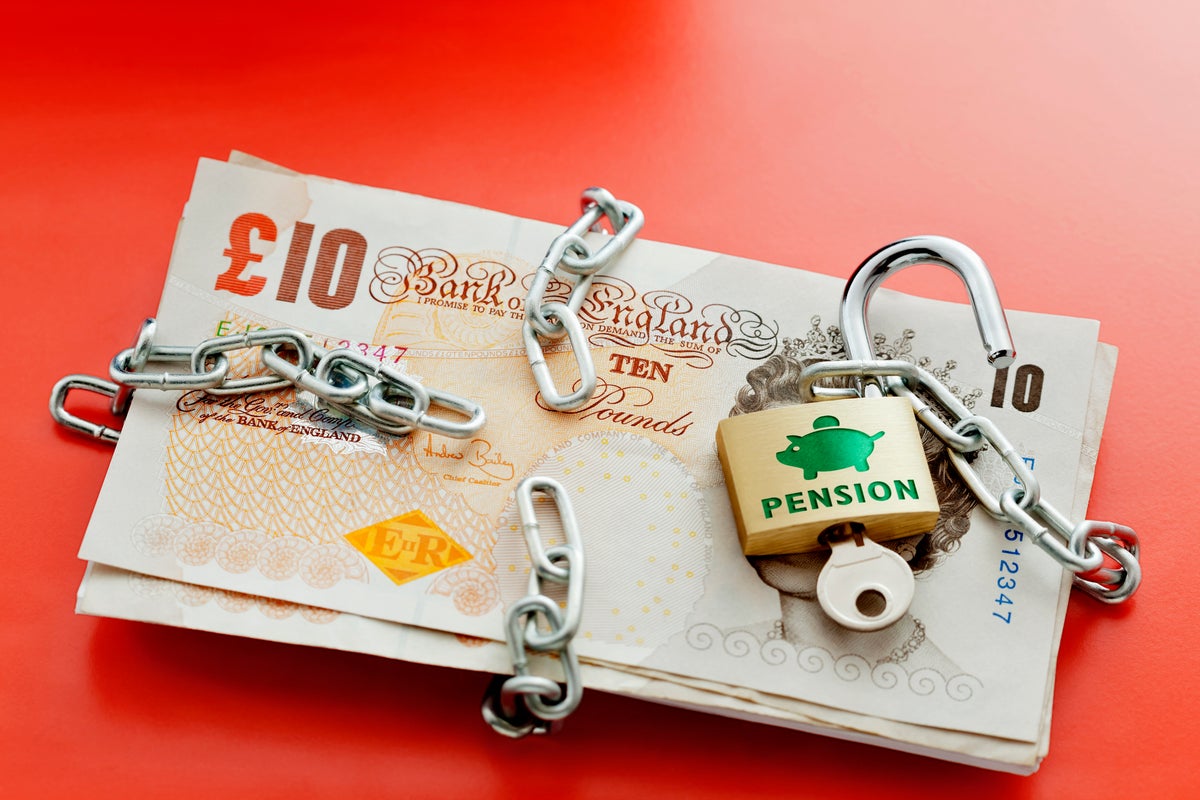
Are you among the 82% of self-employed people who don’t pay into a pension? Here’s how to take charge
How did your country report this? Share your view in the comments.
Diverging Reports Breakdown
Are you among the 82% of self-employed people who don’t pay into a pension? How to take charge of your retirement savings
More than half of self-employed people in the UK are on track to experience retirement poverty. This compares to just a quarter of full-time employees. The new state pension (£11,973 a year) isn’t enough to meet the minimum standard of living of £13,400 a year for a single person, and only just meets the minimum for a couple living outside London. Back in 1998, 60 per cent ofSelfemployed people earning at least £10,000 a year were paying into a private pension. By 2025, that figure had collapsed to just 18 per cent.
However, research from NEST Insights shows that more than half of self-employed people in the UK – which includes freelancers, sole traders and limited company owners – are on track to experience retirement poverty. This compares to just a quarter of full-time employees.
According to the Pensions and Lifetime Savings Association, the new state pension (£11,973 a year) isn’t enough to meet the minimum standard of living of £13,400 a year for a single person, and only just meets the minimum standard for a couple (£21,600 a year) living outside London.
Why have self-employed people been left behind with pensions?
There has been a dramatic drop in pension saving among the self-employed in the last few decades.
Back in 1998, 60 per cent of self-employed people earning at least £10,000 a year were paying into a private pension. By 2025, that figure had collapsed to just 18 per cent, despite almost 75 per cent of this group saying they want to save for retirement.
Meanwhile, auto-enrolment has consistently boosted pension savings among employees. When it launched in 2012, around 47 per cent of employees were enrolled in workplace pensions. By 2024, that figure had grown to about 80 per cent.
Would auto-enrolment participation be anywhere near 80 per cent if employees had to do it all manually? It seems unlikely.
For the self-employed, there are no monthly contributions quietly being deducted from your earnings before you even notice them. You need to manually save into your pension by transferring money from your bank account, or setting up direct debits.
However, other NEST research has found 57 per cent of self-employed people would prefer putting money into a mix of illiquid savings (funds locked away until retirement) and liquid savings (cash that is easily accessible) when saving for retirement. This type of hybrid account structure isn’t currently available within one product.
Small and consistent makes the biggest difference
Self-employed people can still make a difference to their futures, though – without jeopardising their short-term money needs.
For example, £2 invested every day into a private pension could become just under £12,000 after 10 years, about £31,000 after 20 years, and about £62,000 after 30 years (for basic-rate taxpayers).
An additional £60,000 can give you £250 more to live on each month for 20 years, on top of the State Pension (discounting inflation and other economic factors).
Source: https://uk.finance.yahoo.com/news/among-82-self-employed-people-105542215.html
